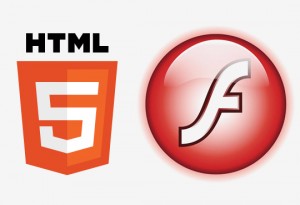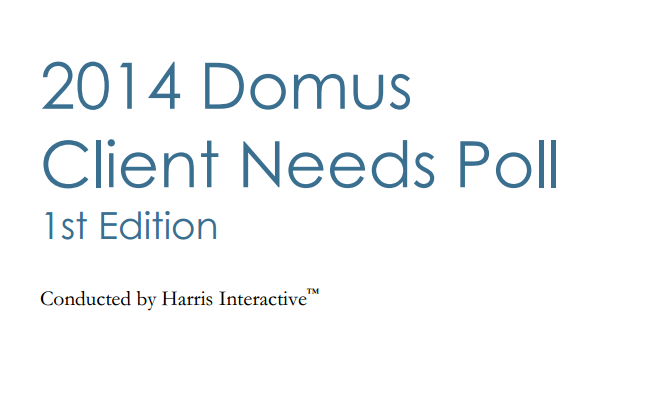Pinterest 101: What it is, How to use it, and Why you should get ‘pinning!’
February 13, 2012A Real Game-Changer
February 27, 2012HTML5 vs. Flash – Why does it matter?
Today, we find plenty of instances where clients want us to build websites that are highly dynamic in look, but not in functionality, such as animations that make the simple web pages more attractive.
Today, we find plenty of instances where clients want us to build websites that are highly dynamic in look, but not in functionality, such as animations that make the simple web pages more attractive.
The first thought that comes to mind when considering the addition of embedded videos, games, interactive graphics, etc., into a website, is the use of Adobe Flash or just “Flash” as it is more popularly known. Flash has been around since 1996, and with their popularity, various facilities and friendly plug-ins, Flash improvements have helped developers worldwide build fantastic websites. However, there are some drawbacks to these Flash improvements that have caused developers to seek new alternatives. Thankfully, a new alternative has come – HTML5. With its open source platform, easy access with mobile phones and other features, HTML5 has gained tremendous popularity in a short period of time. Interestingly, people have started comparing these two technologies, and we are seeing a great deal of discussion about Flash versus HTML5.
HTML5 is a new set of web standards for the World Wide Web that began in 2003, and as of today, is still in its draft stage. HTML5 adds enhanced functionality to the latest web browsers without breaking the web for older browsers. This evolution in web development enables browsers to natively (without additional plug-ins like Flash or QuickTime) display audio and video, use CSS3 to animate elements like images and text, reduce site load times and add geolocation support and a number of additional enhancements. These updates to HTML and CSS give developers an opportunity to build web sites that are more powerful, handle information better, and work on a wider range of devices.
Tech giants like Apple, Google and Microsoft have all created websites to show off the power of HTML5. In fact, Apple took a huge leap and did not support Flash in any version of its mobile operating system iOS, with Steve Jobs suggesting that Flash is a bulky, archaic technology that is in its Fall, and that Apple as a company likes to adopt technologies that are fast, less bulky, more responsive, and are in their Spring phase, which HTML5 is.
As far as Flash is concerned, one knows a technology’s future is not promising when even the company that manages it starts to offer a toolset for the competing approach. In August 2011, Adobe surprised the web development community by releasing a preview of software for building Rich Internet Applications (RIA), called Edge. It is surprising that Edge uses a newly emerging set of web markup and programming standards clustered around the HTML5 standard, including HTML5 itself, and also CSS (Cascading Style Sheets), the Canvas tag and the JavaScript programming language.
But then again, Adobe’s Flash has been delivering animations, interactivity and rich graphics to web browsers for more than 15 years now via a plug-in that is currently installed in as many as 98% of the world’s desktops and computers. One thing to consider is Flash’s still-powerful legacy. While the latest versions of browsers support HTML5 for the most part, the vast majority of computers in use are older versions and don’t fully support the standard. This is even more impactful considering the number of enterprise users whose browsers don’t get updated as often. Therefore, if you want your content to reach these non-updated masses, you will need to go with Flash.
In short, as long as there will be businesses looking to get ahead of the competition, and as long as Adobe keeps thinking up useful innovations that will offer content providers this leading edge, there will be a market for Flash.
Domus can analyze what is best for your business and develop web solutions for you in the vastly popular Adobe Flash or in the savvy new HTML5 – or both! Contact us today to discuss your needs and the ways in which our skilled team at Domus can help.
Dhawal Sehgal is a Programmer at Domus, Inc., a marketing communications agency based in Philadelphia. For more information, visit http://www.domusinc.com. For new business inquiries, please contact CEO and founder of Domus, Inc. Betty Tuppeny at betty.tuppeny@domusinc.com or 215-772-2805.


